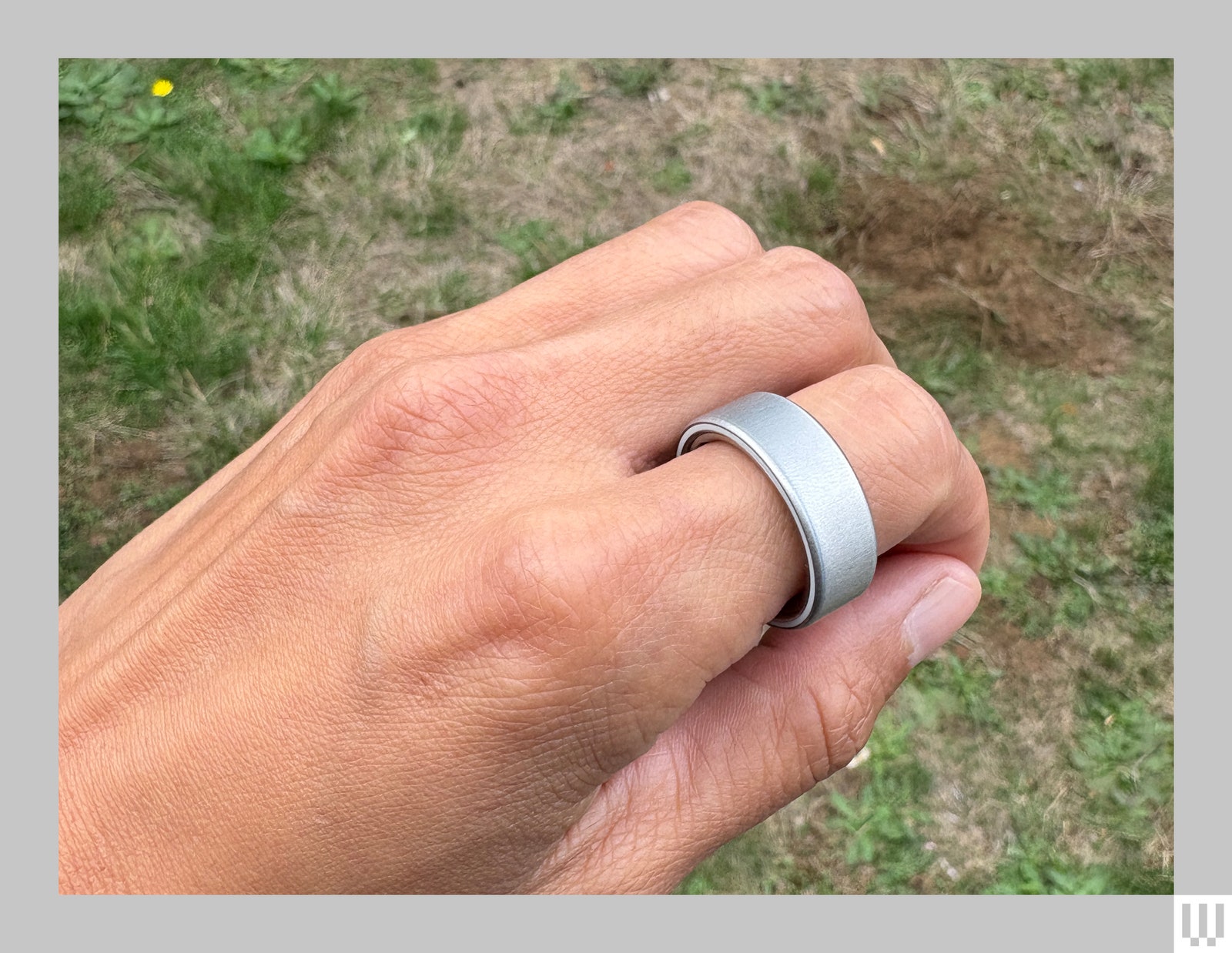Menopause is weird. If you’re a human woman, you’re born with every egg you’ll ever have in your ovaries. By the time you reach your fifties, every egg is gone. You stop getting your period. As your hormone levels change, you experience symptoms ranging from hot flashes to a loss of bone density. We don’t know much about it, because only humans and some whales experience it. There’s also a gap in research specifically for women’s health.
A slew of recent initiatives are trying to change this, from both the public and the private sector. Last year, First Lady Jill Biden launched the White House Initiative on Women’s Health to help close the research gap on conditions like menopause. Also, if you own an Apple Watch, you can opt-in to contribute your data to the Apple Women’s Health Study, designed to advance the understanding of menstrual cycles.
Yesterday, smart ring manufacturer Oura announced its first-ever Perimenopause Report, which aggregates long-term data from 100,000 de-identified Oura ring wearers to help understand how perimenopause and menopause might affect your day-to-day life.
Coming of Age
Photograph: Adrienne So
The term “perimenopause” refers to the years leading up to menopause, which is when your period ends; some call it “second puberty” because the range of physical symptoms is so wide. It usually lasts around four years, but for some women, it can last up to 14 years. It is mind-boggling to think that 50 percent of the human population experiences more than a decade’s worth of sleep disturbances from night sweats, memory problems, or weight gain (or loss, it affects everyone differently).
As Oura reports in its data, only 28 percent of women know what’s going to happen during perimenopause, which is a huge information gap when you consider that every middle-schooler takes a health class to prepare for what happens with their period. The first step is even recognizing that it’s happening. To that end, Oura recently added 17 new tags like hot flashes, hormone replacement therapy (HRT), and spotting, so its users can begin noticing trends across their own timelines.
One of the most significant findings in Oura’s report is that sleep is hugely affected during peri- and post-menopause. Hot flashes do increase dramatically during perimenopause and early postmenopause. A hot flash can last anywhere from thirty seconds to 10 minutes, and 69 percent of hot flashes are associated with waking up during the night. As anyone who has cared for a baby can attest, repeated wakeups during the night can affect how you function the next day.
Acne, bloating, and migraines are some of the most common symptoms reported by women in Oura’s perimenopausal age range. Most concerningly for me, perimenopausal women report a 20 to 30 percent decline in heart rate variability (HRV). A high HRV means that your nervous system is responsive and resilient; you can cope with changing situations, handle a lot of physical activity, and manage stress. Lower HRV is associated with an increased risk of cardiovascular events.
Community Insights
Even once you know you’re experiencing perimenopausal symptoms, it can be a little difficult to know what to do about it. Menopausal hormone therapy is a common, if somewhat controversial, option. But large-scale solutions—like an employer accommodating health conditions—are a little out of our control. Still, if you notice your sleep quality and HRV are decreasing as you enter perimenopause, reducing the amount of alcohol and caffeine you consume or more regular cardio activity can help.
As both public and private organizations learn to harness the power of smart rings and other fitness wearables, we can begin to shed some light on this uniquely human condition. It’s not just your imagination—you don’t have to figure out a way to power through on your own.
Services Marketplace – Listings, Bookings & Reviews

-Reviewer-Photo-SOURCE-Adrienne-So.jpg)